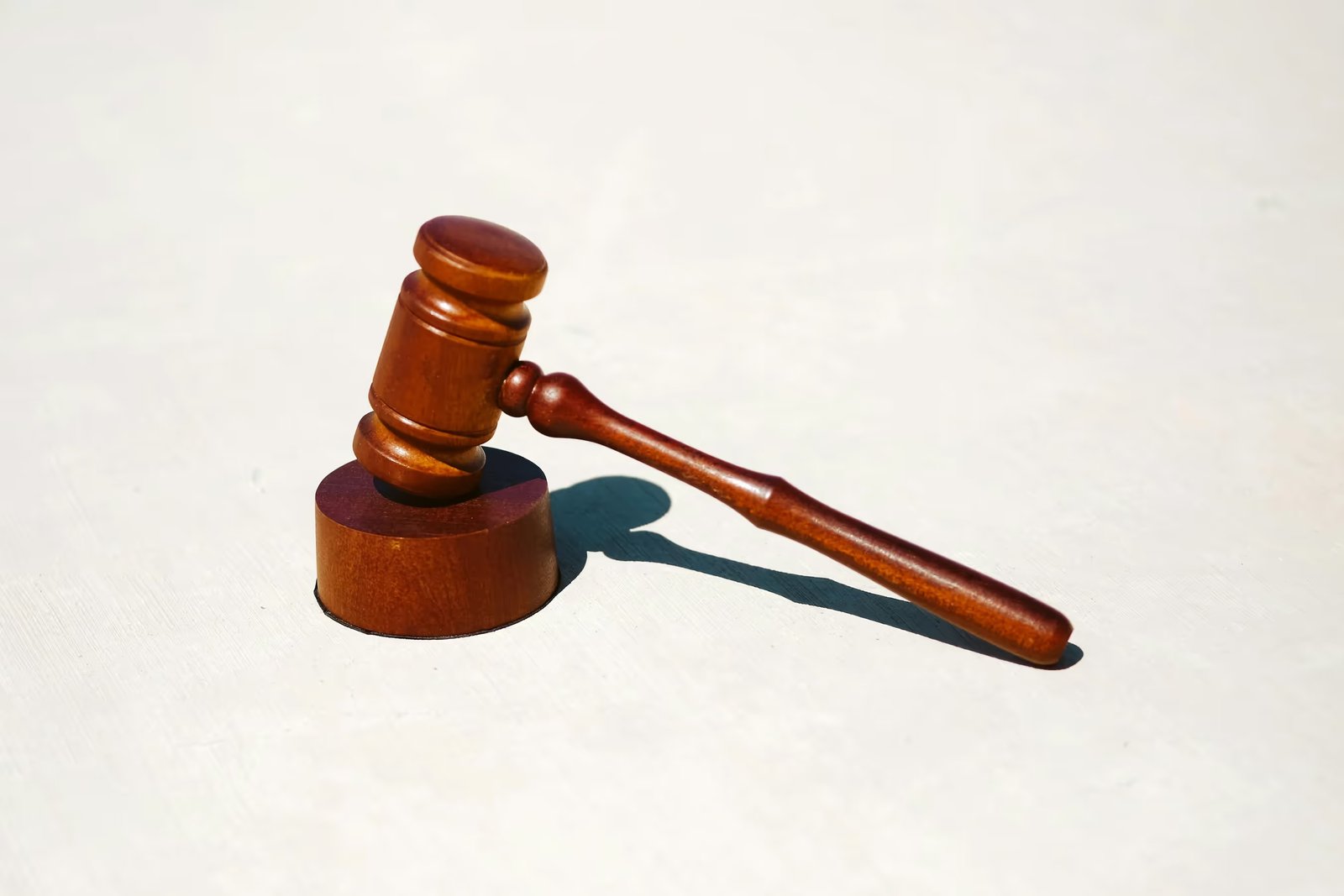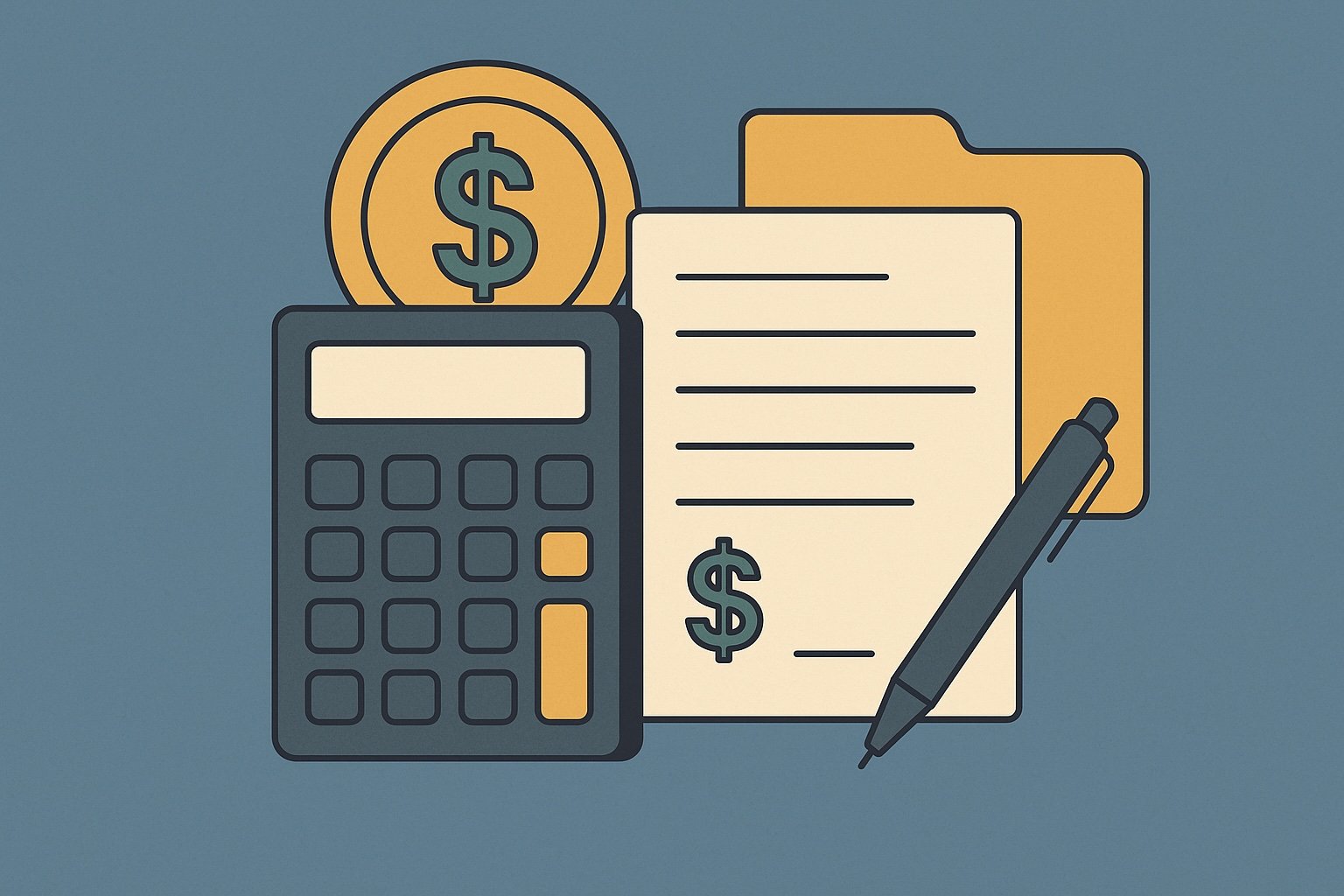Question
ARTE's Answer
A 1031 exchange, named after Section 1031 of the Internal Revenue Code, allows investors to defer capital gains taxes on the sale of investment properties by reinvesting the proceeds into a like-kind property. This strategy is a powerful tool for real estate investors looking to build wealth by deferring taxes and leveraging their equity into larger or more profitable properties. Here’s a detailed guide on how to execute a 1031 exchange, with an example to illustrate the process.
Step 1: Determine Eligibility
First, ensure that both the property you are selling (relinquished property) and the property you intend to purchase (replacement property) qualify for a 1031 exchange. Both properties must be held for investment or business purposes. Personal residences do not qualify. The properties must also be like-kind, which generally means they are of the same nature or character, even if they differ in grade or quality. For real estate, this is broadly interpreted, so most real estate properties are considered like-kind to each other.
Step 2: Engage a Qualified Intermediary
To comply with IRS regulations, you must use a Qualified Intermediary (QI) to facilitate the exchange. At Deferred.com, we offer qualified intermediary services, and our “No Fee Exchange” can save you money. The QI will hold the proceeds from the sale of your relinquished property and use them to purchase the replacement property on your behalf. This step is crucial because you cannot have actual or constructive receipt of the sale proceeds, or the transaction will be disqualified as a 1031 exchange.
Step 3: Identify Replacement Property
After selling your relinquished property, you have 45 days to identify potential replacement properties. You can identify up to three properties regardless of their value, or more than three if their combined value does not exceed 200% of the relinquished property’s value. This identification must be in writing and submitted to your QI.
Step 4: Acquire Replacement Property
You must close on the purchase of the replacement property within 180 days of selling your relinquished property, or by the due date of your tax return (including extensions) for the year in which the relinquished property was sold, whichever comes first. The QI will use the proceeds from the sale of your relinquished property to purchase the replacement property on your behalf.
Example
Let’s say you own an investment property valued at $500,000, with a mortgage of $200,000. You decide to sell this property and use the proceeds to purchase a new investment property through a 1031 exchange. You sell the property for $500,000, and after paying off the mortgage and closing costs, you have $280,000 in net proceeds.
- Engage Deferred.com as Your QI: You contact us at Deferred.com to act as your qualified intermediary. We will hold the $280,000 in proceeds from the sale.
- Identify Replacement Property: Within 45 days, you identify three potential replacement properties, each valued at around $600,000.
- Acquire Replacement Property: You decide to purchase one of the identified properties for $600,000. We, as your QI, use the $280,000 proceeds as a down payment, and you secure a new mortgage for the remaining $320,000.
By following these steps and using Deferred.com as your QI, you successfully defer the capital gains tax on the sale of your original property. This allows you to reinvest the full amount of your equity into a new, potentially more profitable investment property, continuing to build your real estate portfolio without the immediate tax burden.
Have more questions? Call us at 866-442-1031 or send an email to support@deferred.com to talk with an exchange officer at Deferred.
Sources
1031 Question? Ask ARTE
Deferred's AI 1031 Research Assistant is trained on 8,000+ pages of US tax law and outperforms human CPAs by 22%+
CHAT NOW
Learn More
See more frequently asked questions about 1031 exchanges








